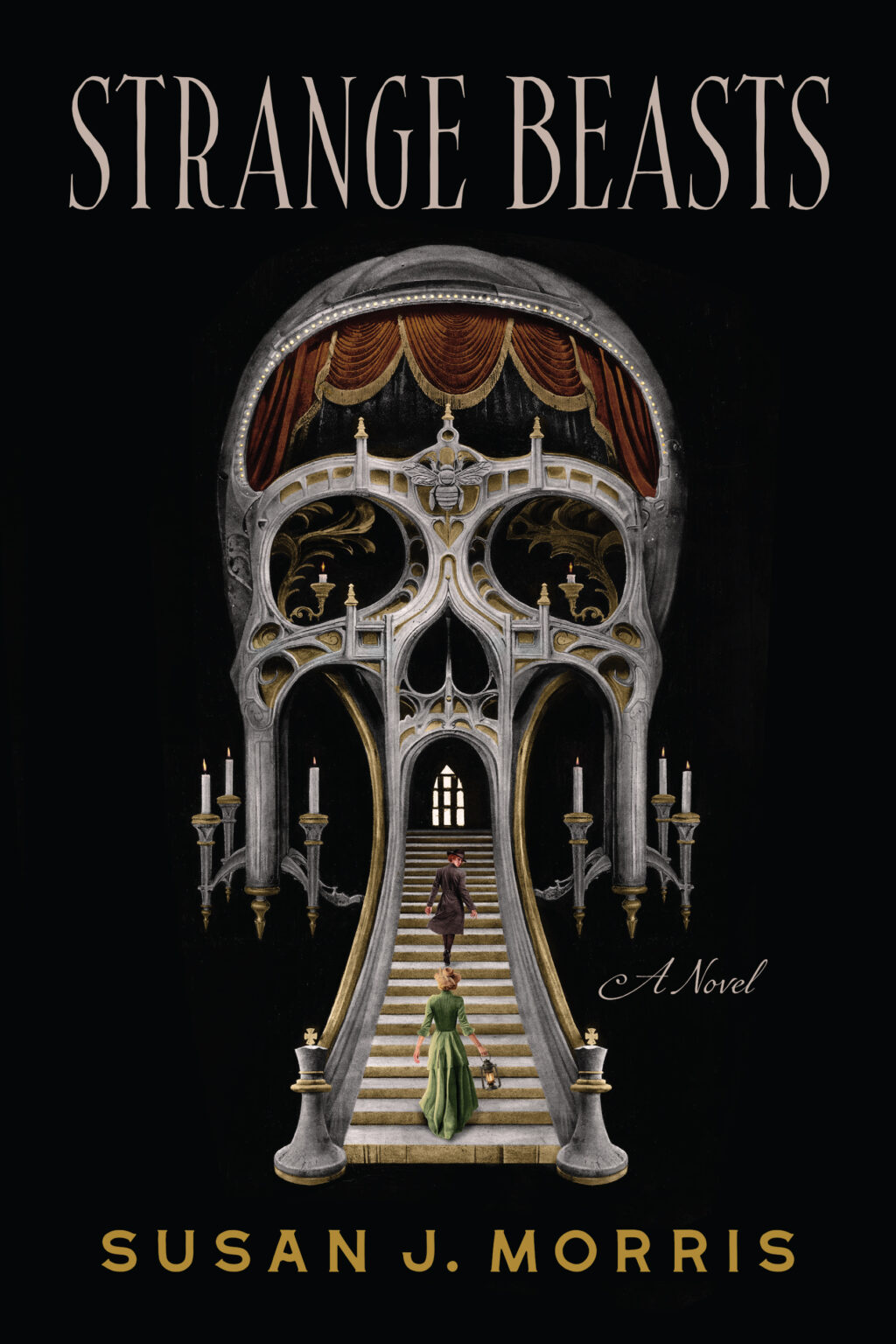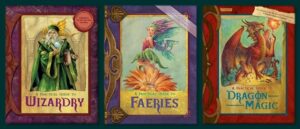C. L. Polk asked a fascinating question on Twitter: “What do you mean when you talk about the story getting moving? What’s happening when the story (finally) feels like it’s in motion?”
The breadth of responses was fascinating to me. As was the fact that they all felt accurate! I gave kind of my gut instinct in answer–which probably says a lot about the kinds of stories I write–but I couldn’t stop thinking about it. I introduced the question to my writing group, and again, we had a amazing breadth of responses. Which really got my brain bubbling.
So! Here’s my stab at why there are so many good answers to that engrossing question (thank you C.L. Polk for inspiring the discussion and this essay!):
Different Kinds of Investment
I’m going to call the thing that makes the story feel like it’s really getting moving “investment,” because I feel like a common thread between all of the answers was that it was when the reader felt invested. For me, “investment” can be sorted into three different buckets:
Mystery-based Investment. Mystery investment happens when the reader is presented with interesting questions and preferably a sense of stakes to go with them, which can happen SUPER early. It happens most frequently around the inciting incident, but I swear this has happened page one before, and it worked, because it gets your brain moving quickly, even if the characters aren’t yet.
In my musical metaphor of writing, this is the treble, the things that are intellectually satisfying, and that engage the brain.
Structure-based Investment. Structure-based investment happens when as people say, all the pieces are set up, we know the direction and the stakes, and now comes the promise of the premise. Which I feel like is often later in the story than Mystery-Based Investment. I think it can happen as early as after the catalyst, but I’ve seen this as late as the midpoint, where characters often go from reactive to proactive.
This is the mid, the things that are emotionally satisfying, and that engage the heart.
Trajectory-based Investment. Trajectory-based investment is found whenever the trajectories of the pieces you’ve set in motion create tension through Chekov’s guns, foreshadowing, taking actions you know will have consequences, and also just like seeing the trajectory of two characters and knowing they’re on a collision course with each other and/or the plot. Trajectory-based investment can start very early, when we’re learning the premise, but only blossoms once we understand the stakes and care about the characters/plot/world/thing-the-trajectory-impacts.
This is the bass, the things that make a story feel true and resonant, and that engage the gut.
I think all of these tensions can apply to three areas: the world, the character, the plot. So you can have character-mystery investment, world-trajectory investment, and plot-mystery investment, or some other combination.
A book is often categorized as character-driven or plot-driven. In these cases, the investment that is linked to the category of the book is the most important investment. So like, in a character-driven novel, the kinds of investment you use in the character are the most important, and the world and plot investments will play support.
Each Form of Investment Has Drawbacks
Mystery-based investment can hit you out of the gate. But if you lean on the mystery early on, before the reader has investment in the character and plot, it had best be a question the majority of readers will be super excited and interested in. If not, it will feel dry and shallow.
Plot-based investment has gears–it’s so satisfying to shift from first at the beginning, second at fun and games, into third at the final shot to the end when all the pieces are falling exactly into place. But it takes longer to get to–sometimes as much as a third of the book!
Trajectory-based investment is that “can’t stop reading” feeling, but it’s almost entirely based on how well I understand the stakes and how much I care about the characters/plot/world/thing-the-trajectory-impacts, so it’s often a slower-build.
Braided Investment Strategies
In addition to having these various kinds of investment in your plot, character, and world, I think the kind of investment you use at different points in a novel changes. For example, if your book is primarily plot-based investment, which doesn’t really get moving until after the catalyst, it makes sense to add mystery-based investment in the beginning to get it going.
Every Reader Has a Favorite Kind of Investment
This is fascinating, because I’m pretty sure this is part of the reason that readers often have very different reactions to the beginnings of books. Like there are books my friends adored that I had a hard time getting into (but ended up loving once I pushed past the beginning!) because they relied solely on plot-mystery in the beginning, and the questions the mystery asked hooked my friends, but not me. Whereas there were books that had world-mystery and plot-character investment at the beginning that I was absorbed by, whereas my friends weren’t so much.
So I think that these threads of investment—and the way you braid them throughout your story–are key to what audience you’re inviting into your book, and the unique blend of these threads of investment is often part of what makes an author’s books feel like their books, like a signature. It’s also, I think, what lends an author’s style to certain genres.
ANYWAY
It’s a fascinating and complex topic–(good gravy, I really want to figure out how this intersects with cross tension and forward tension now!)–and these are just my thoughts on it! Go check out C.L. Polk on Twitter, who started the discussion for more thought-provoking things like this. Also check out their latest, Nebula-nominated book, The Midnight Bargain, which I just started but which has already grabbed me by the head and heart.





